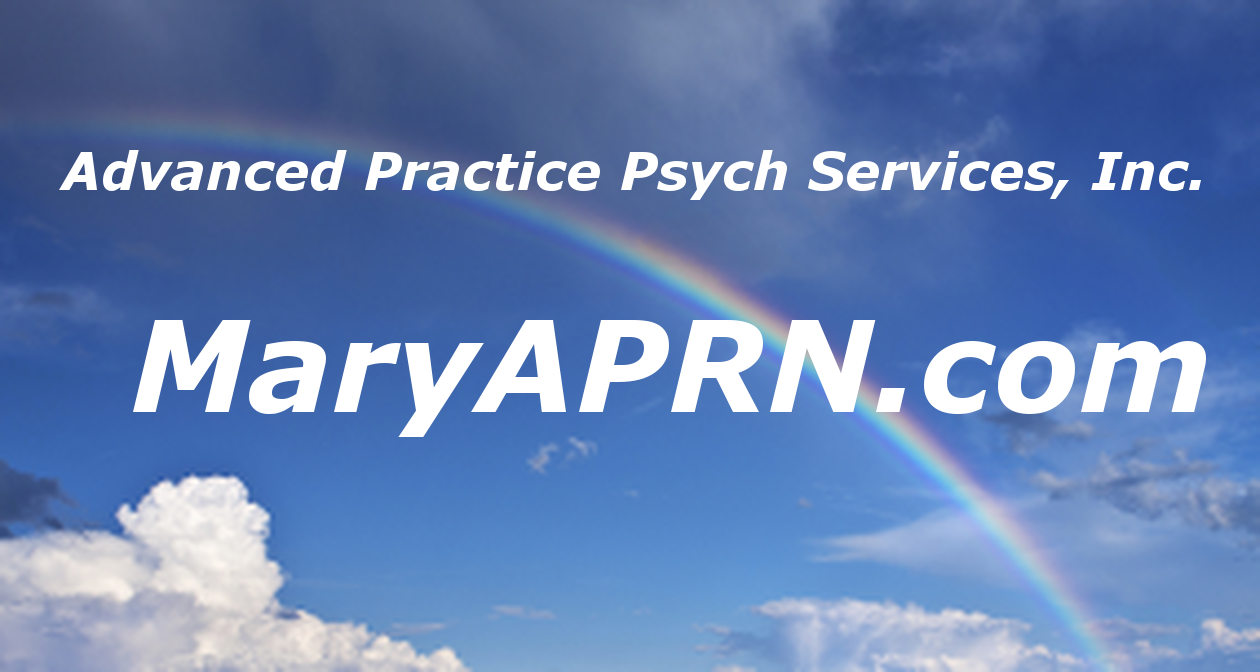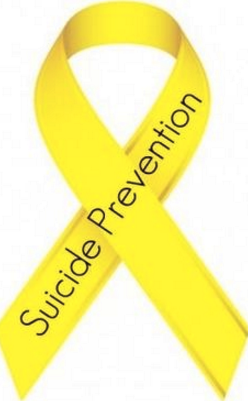Mental Health Matters | Deaths from suicide in children and teenagers have dramatically increased during the past decade, with a notable spike in the past year, a new report shows.
The Trust for America's Health (TFAH) and the Well Being Trust released Pain in the Nation: Education Brief, which reports that suicide rates almost doubled in youth aged 17 years and younger during the past 10 years and that it more than tripled in girls aged 10 to 14.
Moreover, more than one million adolescents had a substance abuse disorder in 2016.
The report authors call for the development of partnerships between educators, school- and community-based health professionals, state and federal government agencies, businesses, and healthcare organizations to design and implement screening and care programs for youngsters.
"This brief is a reflection of the fact that we're seeing a dramatic increase in gaps associated with drug and alcohol abuse and that we have a particular interest in preventing those deaths by working with children, adolescents, and families to propose policies that decrease the likelihood that those students will develop addictions or suicide," John Auerbach, MBA, president and CEO of TFAH and associate director for policy, Centers for Disease Control and Prevention, told Medscape Medical News.
"The good news is that there are a number of programs that have been shown effective, some based in schools or in schools working together with other community organizations, and we shine a light on what these programs are," he said.
TFAH is "a nonpartisan organization that focuses on prevention and public health policies and programs throughout the country," Auerbach reported. Because the foundation is "intentionally" not funded by governmental or corporate sources, "we can be a trusted, independent voice for policies and approaches that will be most useful for promoting the health and well-being of the American people," he said.
The brief reports that deaths from suicide among persons aged 17 and younger rose 84% from 2007 to 2016, with a 10% increase in from 2015 to 2016 in those younger than 18 years.
The statistics are particularly alarming for girls aged 10 to 14, whose suicide rate rose by 231% in the past decade and by 8% in 2016 alone.
The report shows that more than one million adolescents (aged 12 to 17) had a substance use disorder (either alcohol or drugs) in 2016 and that one fifth reported alcohol consumption within the past month.
An estimated 90% of adolescent drinking was binge drinking; 2 in 5 high school students reported consuming eight or more drinks on a single occasion.
The report touches upon broader systemic reasons for these alarming statistics, including "despair deaths" that "are straining our country's child welfare system, as more and more children are forced into foster care because of parental death or substance misuse.” In 2016 alone, the number of children in foster care increased for the fourth consecutive year. Parental drug misuse constituted the reason for the child's removal in more than one third of cases.
Adverse childhood experiences increase the risk for negative outcomes, including substance use disorders, and increase the odds of suicidality in offspring. Alcohol use during pregnancy leads to an array of adverse birth outcomes, as well as a higher risk for subsequent abuse by parents.








